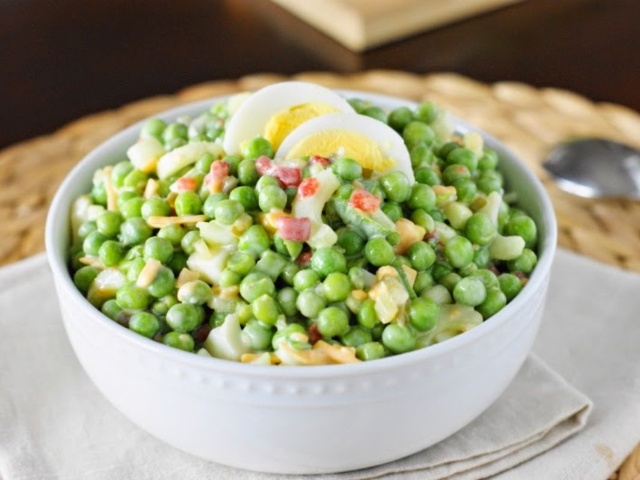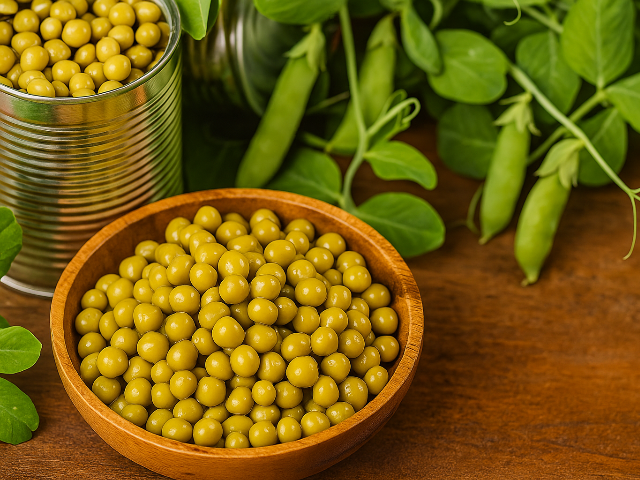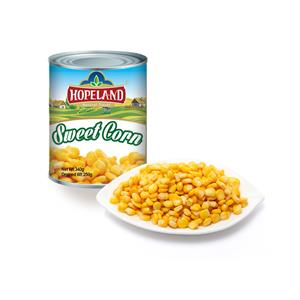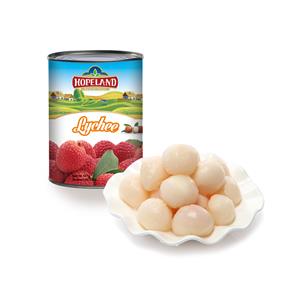The Nutritional Value of Canned Peas: A Healthy Pantry Staple
Canned peas are more than just a convenient addition to your pantry—they are a nutritious and versatile ingredient that can enhance your meals while providing essential vitamins and minerals. Although fresh peas may be preferred for their slightly higher nutrient content and crisp texture, canned peas remain a valuable alternative, especially when fresh produce is out of season or unavailable. In this article, we’ll explore the key nutrients found in canned peas, their health benefits, and tips for incorporating them into your diet.
Canned Peas: A Quick Overview
Green peas (Pisum sativum) are one of the most popular legumes globally, valued for their sweet flavor, vibrant color, and nutritional profile. They are typically harvested when young and tender to preserve their sweetness and then processed for canning to lock in their nutrients.
Canned peas are ready-to-eat, making them a practical choice for busy households. They can be enjoyed straight from the can or gently warmed as a side dish, in soups, stews, salads, or casseroles. Most brands offer regular, low-sodium, and sodium-free varieties, which makes it easier to fit them into various dietary needs.
According to the National Institutes of Health (NIH), while the canning process may slightly reduce some heat-sensitive nutrients like vitamin C, canned vegetables—including peas—still retain significant nutritional value and can contribute to a balanced diet.
Dietary Fiber: Supporting Digestive Health and Beyond
One of the standout benefits of canned peas is their dietary fiber content. A ½-cup serving delivers approximately 3 grams of dietary fiber, covering about 12% of the recommended daily intake (RDI) for adults on a 2,000-calorie diet.
The Power of Soluble and Insoluble Fiber
Peas provide both soluble and insoluble fiber, each offering unique health benefits:
Soluble fiber dissolves in water to form a gel-like substance in the digestive tract. It helps lower blood cholesterol levels by binding to bile acids and may regulate blood sugar levels, which is beneficial for people with diabetes or at risk of developing it.
Insoluble fiber adds bulk to stool and helps food move through the digestive system efficiently, reducing the risk of constipation and digestive disorders such as diverticulosis or even colon cancer.
Broader Health Benefits of Fiber
A high-fiber diet, supported by foods like canned peas, is also linked to:
Reduced risk of heart disease
Lowered incidence of hypertension (high blood pressure)
Decreased likelihood of stroke
Incorporating canned peas into soups, stews, or salads is an easy way to add fiber to your meals.
Iron: Vital for Energy and Cognitive Function
Iron is an essential mineral that supports multiple body functions, particularly in the production of red blood cells and the transport of oxygen throughout the body. Each ½-cup serving of canned peas provides about:
11% of the daily iron requirement for men
5% of the daily requirement for women
This difference in percentage is due to women of childbearing age needing more iron (18 mg daily) compared to men (8 mg daily), largely because of menstruation.
Why Iron Matters
Iron is crucial for creating adenosine triphosphate (ATP), the energy currency of your cells. Without adequate iron, individuals may develop iron-deficiency anemia, characterized by fatigue, weakness, and impaired cognitive function.
Enhancing Iron Absorption from Canned Peas
The iron in peas is non-heme iron, which is not as easily absorbed as heme iron from animal sources. To boost absorption:
Pair canned peas with vitamin C-rich foods like oranges, bell peppers, or strawberries.
Combine peas with lean meats such as chicken or beef in your dishes.
For example, adding canned peas to a citrusy quinoa salad or serving them alongside grilled chicken is both delicious and nutritionally strategic.
Vitamin A: For Vision, Immunity, and Skin Health
Vitamin A is a fat-soluble vitamin essential for maintaining healthy vision, supporting the immune system, and promoting proper growth and development. A ½-cup serving of canned peas provides about 10% of the daily requirement for adults (700–900 micrograms per day).
The Importance of Vitamin A
Adequate vitamin A intake helps:
Protect against age-related macular degeneration and cataracts
Strengthen the immune system to fight off infections
Support healthy skin and mucous membranes
Tips for Maximizing Vitamin A Absorption
Since vitamin A is fat-soluble, consuming it with healthy dietary fats enhances absorption. You can:
Stir canned peas into stews or casseroles that include olive oil or avocado
Mix them into a tuna or chicken salad dressed with a vinaigrette
This pairing ensures you reap the full benefits of the vitamin A in your canned peas.
Vitamin C: Antioxidant and Collagen Support
Vitamin C (ascorbic acid) is another valuable nutrient found in canned peas. Every ½-cup serving contains about 15% of the recommended daily allowance for adults.
Health Benefits of Vitamin C
Vitamin C plays multiple roles in the body:
Antioxidant Protection: Neutralizes harmful free radicals, reducing oxidative stress and lowering the risk of chronic diseases like cancer and heart disease.
Collagen Formation: Essential for healthy skin, tendons, and ligaments.
Immune Function: Strengthens the body’s defenses against infections.
Preserving Vitamin C in Canned Peas
Because vitamin C is sensitive to heat, light, and air, some loss occurs during the canning process and over time. To minimize nutrient loss:
Store canned peas in a cool, dark place and consume them before their expiration date.
Avoid boiling canned peas excessively. Instead, steam them lightly or enjoy them straight from the can.
Additional Nutrients in Canned Peas
While fiber, iron, vitamin A, and vitamin C are among the most notable nutrients, canned peas also provide other important micronutrients:
Protein: Each serving contributes about 4 grams, which supports muscle maintenance and repair.
B Vitamins: Including folate, which supports red blood cell production and is especially important during pregnancy.
Magnesium and Potassium: Essential for heart and muscle function.
These additional nutrients further enhance the value of canned peas as a nutrient-dense food.
Choosing the Right Canned Peas
If you are concerned about sodium intake, choose low-sodium or no-salt-added varieties. Regular canned peas can contain significant amounts of added salt used in the canning process as a preservative and flavor enhancer. Always rinse canned peas under cold water to reduce sodium content by up to 40% before eating or cooking.
When shopping, look for cans that are:
Free of dents or rust
Clearly labeled with expiration dates
Marked as BPA-free if you prefer to avoid bisphenol A in can linings
Creative Ways to Enjoy Canned Peas

Canned peas are not just for side dishes. Try these ideas:
Pea and Mint Soup: Blend canned peas with fresh mint, vegetable broth, and a touch of cream for a refreshing starter.
Pasta Primavera: Toss peas with pasta, cherry tomatoes, and parmesan for a quick weeknight dinner.
Rice Pilaf: Add peas to rice dishes for color, texture, and added nutrition.
Salads: Mix peas into potato salad, quinoa bowls, or bean salads for extra fiber and flavor.
Smoothies: Sneak peas into green smoothies for a subtle sweetness and nutrient boost.
Their mild flavor and soft texture make canned peas an easy addition to countless recipes.
Final Thoughts: Are Canned Peas a Healthy Choice?
Canned peas are an excellent example of how convenient, shelf-stable foods can still contribute to a nutritious diet. They provide a good source of dietary fiber, iron, vitamin A, and vitamin C, along with protein and other essential nutrients. While fresh or frozen peas may offer slightly higher nutrient levels, canned peas are a valuable backup that allows you to enjoy the health benefits of peas year-round.
By making simple adjustments—such as choosing low-sodium options, rinsing before use, and pairing with vitamin C-rich or fat-containing foods—you can maximize the nutritional impact of canned peas.
So the next time you’re looking for a quick, healthy ingredient to add color, flavor, and nutrients to your meal, don’t overlook the humble can of peas waiting in your pantry.





